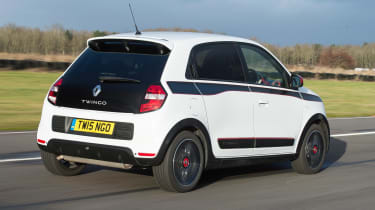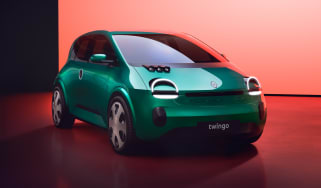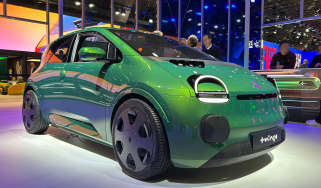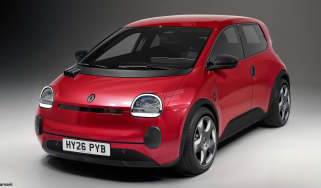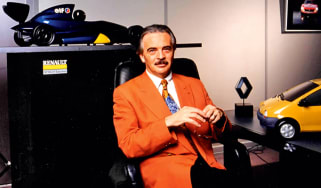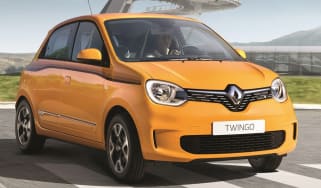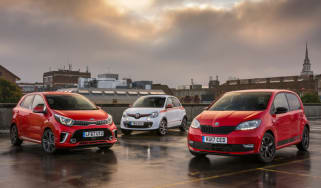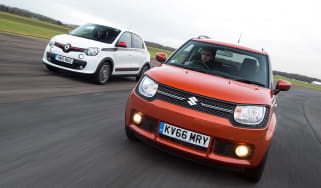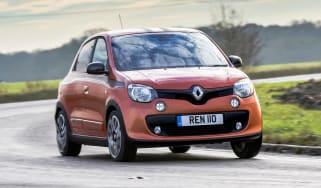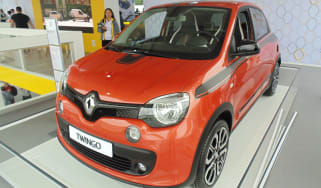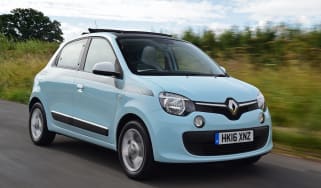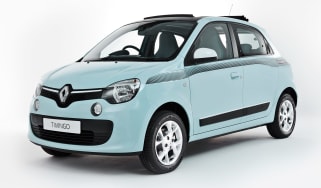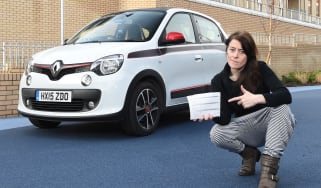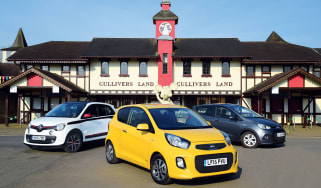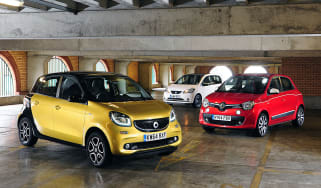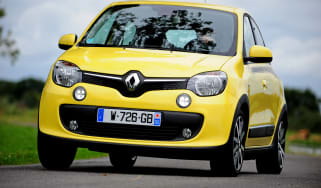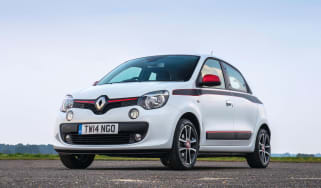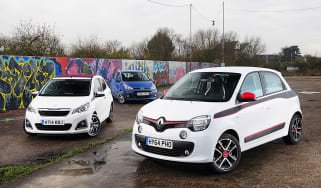Renault Twingo (2007-2014) review
The Renault Twingo has a sporty rear-engined layout, but it's a bit of a disappointment

Whether you think that the Renault Twingo is quirky, cute or charismatic, there’s no doubt it’s an interesting addition to the booming city car sector.
It has an unusual layout for the class, with the three-cylinder engine tucked under the boot floor, and whether you go for the 70, 90 or 100 versions, it drives the rear wheels. This means rather different packaging to most urban runabouts that frees up lots of room, while the layout also allows a turning circle that’s as tight as a London taxi’s – perfect for city living.
But the driving experience isn’t up to the increasingly exacting standards of the best choices in this market, especially when you’re out of town. Ultimately the Twingo lacks the refinement and ‘big car' feel you get from the city class leaders.
With tough competition in the city car sector, the Renault Twingo is one of the forgotten cars for sale in the class. With its rear-engined layout, it sounds like it should be sporty, but while a GT model was offered, the Twingo isn't much fun to drive.
Where it performs best is when it's used as a city car, where its super-tight turning circle and nippy engines deliver a drive that makes negotiating city traffic a breeze. But that's where the Twingo needs to stay, because if you venture beyond the city, the car's shortcomings become apparent.
Used - available now

2020 BMW
5 Series
55,000 milesAutomaticPetrol2.0L
Cash £13,700
2020 Vauxhall
Insignia Sports Tourer
53,431 milesManualDiesel2.0L
Cash £10,500
2018 Audi
Q3
50,927 milesManualPetrol1.4L
Cash £12,900
2022 Volvo
XC40
54,102 milesManualPetrol1.5L
Cash £16,800The main rivals for the Twingo include the all-conquering Skoda Citigo, SEAT Mii and VW up! trio, plus the Citroen C1, Peugeot 108 and Toyota Aygo models, plus the Hyundai i10, Kia Picanto and Suzuki Celerio. All these cars use a traditional front-engine, front-wheel-drive layout, but the Smart ForFour uses the same rear-engine format as the Twingo because they are essentially the same car under the skin.
The current Twingo is the third generation, and the second version to be sold in the UK. While the Mk2 offered an RS Renaultsport-tuned variant, the closest the current Twingo gets to a sporty variant is the Twingo GT. This has more power than the rest of the range, and while Renaultsport had a hand in its development, the VW up! GTI is a far better budget sports car.
The standard Twingo range is powered by either a 1.0-litre three-cylinder or a 900cc turbo three-cylinder. These are badged SCe 70 and TCe 90 respectively, and it's the TCe that we'd choose. It has better mid-range power, making it more useable around town where the Twingo performs well.
An update in 2018 saw the older trims replaced by Play and Iconic specs, while the GT is no longer offered in the lineup. The TCe motor can only be had in Iconic trim, while it can also be had with an EDC auto gearbox, although we wouldn't recommend this box if you can avoid it.
Thanks to its rear-engined layout, the Twingo has a high-set boot, but it also has good rear seat space. Room up front is good, too, although material quality could be better. Unlike some other cars that have their engine behind the cabin, the Twingo's design means there's no extra storage in the nose.
Prices for the Twingo start from around £11,000, which is a higher point than for some other rivals, although standard kit is pretty good for the price. But if you want to buy a new Twingo, you better be quick - Renault has confirmed that the current car will go off sale in the UK in 2019, with no plans for a direct replacement.
For an alternative review of the latest Renault Twingo Hatchback visit our sister site carbuyer.co.uk


